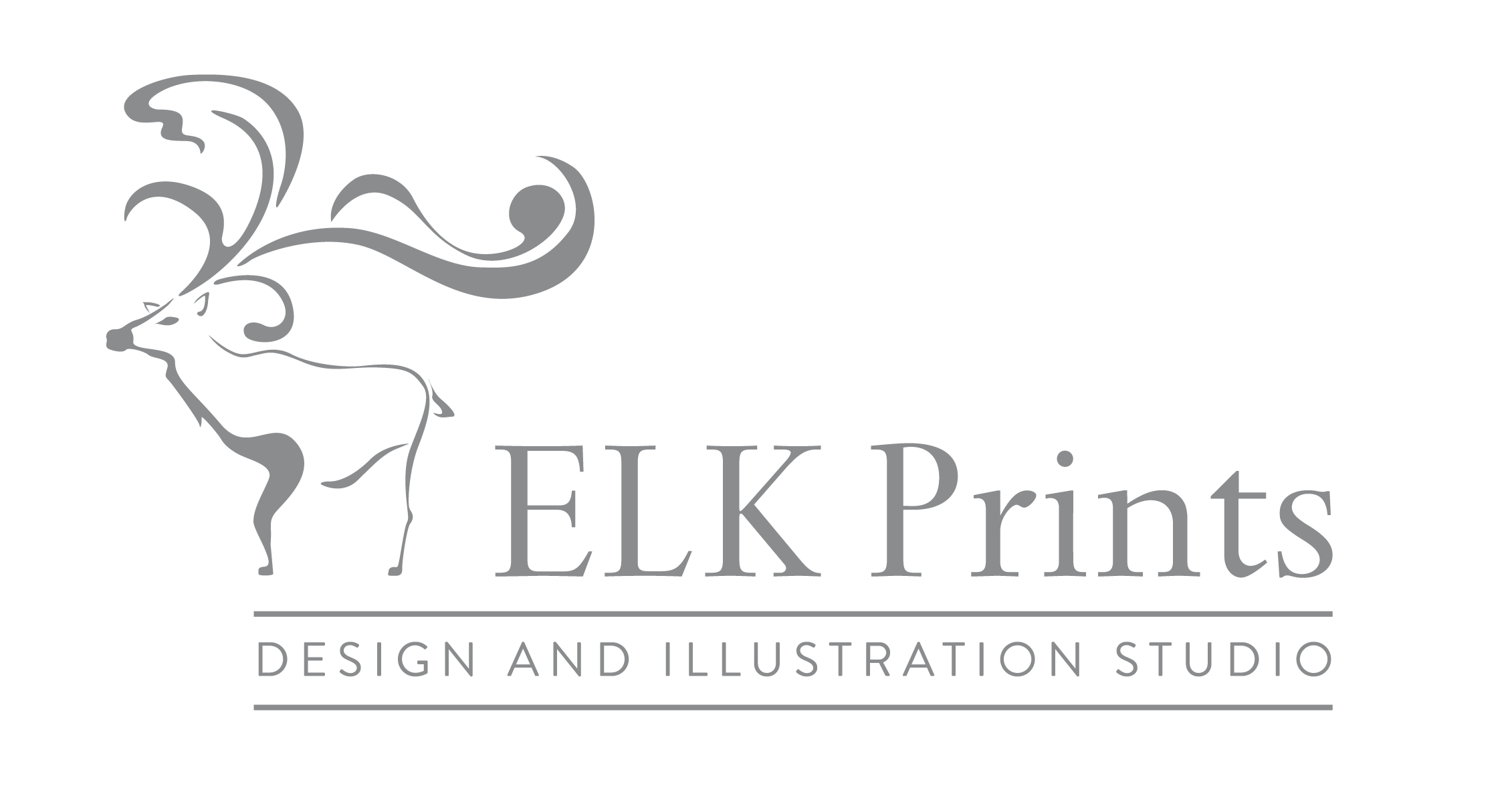Chapter 6 – The Texture of the City

“Detail – the small expressive objects nearby … typically close to eye level from the floor: Often a fortuitous collection in a city, they get relatively great attention and are more noticeable than any grand effects higher up or at a distance. Whether beautiful or not, they must at any rate be interesting: the eye demands material to work on.” (Lynch 1999; p.146)
If you are to look at the images that emerge from experiencing a place, walking through its streets, it is not the overall form of the city that stands out but the small details that we notice. When we consider an iconic building like the Sydney Opera House, the visitor may already be aware of the overall form of its sails; the icon is usually presented in this simplified structure that makes it renowned. However, when that visitor actually encounters the building they are open to seeing it differently. On a close up scale where the overall form may not be presented in a neat whole, their eye might be already familiar with its form and is instead drawn to the details. The Opera House on closer inspection reveals the unusual patterns of its tiles for example. The details, or texture, of a city and other aspects more suited to the human scale of individual observation end up becoming quite significant to the way we experience a city.
